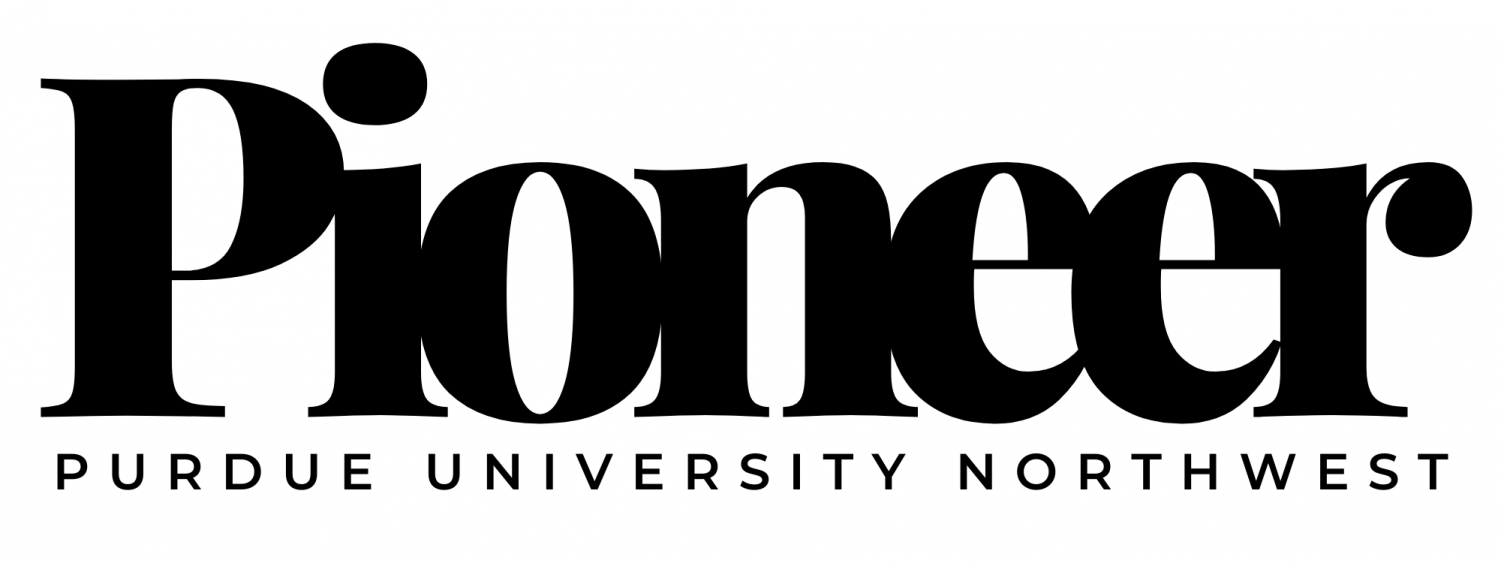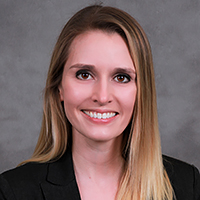New printing system a concern for students, faculty
A new printing service called PaperCut has been implemented at PNW this semester. Under the previous printing system, GoPrint, faculty, staff, student workers, graduate students, etc. had access to unlimited printing. This is no longer the case with PaperCut.
Students are given $1.75 per credit hour each semester for printing, and they will be able to purchase additional print credits from the student banner tab on the PNW website. Printing costs 4 cents per side on a black and white printer and 10 cents per side on a color printer.
“The project for adding the print funds is currently in testing and we hope to have it in production by the end of October, 2016. In the interim, students can request additional print credits when their balance falls below one dollar. Students are able to send an email, call or visit the Customer Service Center and request additional print credit,” Jason Inman, director of Customer Service Center for PNW, said. “Two dollars in additional printing will be added to their account as a courtesy. Students are not charged for these additional print funds.”
Inman explained that environmental impact counters are shown to users when they log into the PaperCut user web interface. The system allows users to monitor their impact on the environment with the following three statistics: Trees or the number of trees that were expended to make the paper, Carbon or the CO2 equivalent in greenhouse gases released during the paper production and Energy or the energy used by the manufacturing process when producing the paper.
“The goal of the system is to help reduce printing levels by making users more aware of their own printing behavior,” Inman said.
Ana Mendez, an undergraduate student, said PNW should lower the cost of printing.
“It does not make any sense. There are no benefits for employees who work here,” Mendez said.
Jasmine Hernandez, a graduate student, said materials for classes should be available electronically.
“Instead of always having to print hard copies of instructional material, it should be made electronically available to all students. The lab instructors should provide the PowerPoint sheets for students so we don’t have to pay extra money for it,” Hernandez said.
Inman said 96 requests for additional print units have been processed so far, with some of those requests from the same students.
“The quality of our student printing system is an important discussion point and we wish to continually improve printing for all Purdue University Northwest students, faculty and staff,” Inman said.
David Detmer, philosophy professor, referred to a 2013 speech given by Purdue University President Mitch Daniels, who stressed the inclusion of faculty and students when making decisions that affect them.
“The new policy on printing was put in place without any consultation with students and faculty, despite the fact that this policy affects these constituencies directly and does so precisely in connection with their vital activities of teaching and learning,” Detmer said. “Sadly, words are one thing, deeds another.”
Inman said that research into the PaperCut implementation at IPFW has revealed the number of pages printed was reduced by more than 30 percent after PaperCut was implemented.
“Additionally, their student lab printers have required fewer repairs and take less time to manage and maintain. We anticipate a similar experience for Purdue University Northwest,” Inman said. “PaperCut offers the scalability necessary to serve Purdue University Northwest users across all campus locations. It also offers advanced centralized management, control and configuration across all users and devices.”


